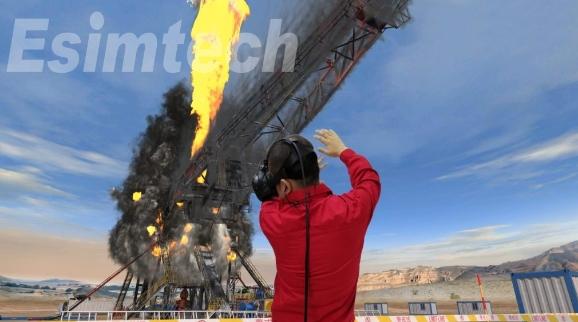In today’s fast-paced regulatory environment, organizations across industries are under increasing pressure to meet compliance standards and ensure employees are properly certified. Traditional training methods—while familiar—often fall short when it comes to engagement, retention, and real-world applicability. That’s where virtual reality (VR) is stepping in as a game-changer.
Why VR Training Works for Compliance
Compliance training is often seen as a necessary burden. It's usually information-heavy, repetitive, and sometimes difficult to translate into practical, real-life behavior. VR changes the game by immersing learners in realistic, interactive scenarios where they can practice responding to compliance-related challenges. From simulating a hazardous spill in a manufacturing plant to reenacting cybersecurity breaches in an office setting, VR brings policies and procedures to life.
Better Engagement, Better Retention
Studies show that VR-based learning can increase knowledge retention by up to 75%, compared to just 10% with traditional reading or lecture-based methods. This is because VR training activates multiple senses and requires active participation. When employees experience a situation first-hand—even virtually—they’re more likely to remember how to handle it correctly. This level of engagement is especially crucial for topics like safety protocols, harassment prevention, and emergency procedures.
Certifications with Confidence
With VR, certifications are no longer just about passing a test. Organizations can track a trainee’s performance in real-time, assessing decision-making skills, reaction times, and procedural accuracy. This creates a more holistic and practical evaluation process. Learners don’t just memorize the rules—they demonstrate they can apply them under pressure, in environments that mimic real-world conditions.
Cost-Efficient and Scalable
While initial development of VR training modules may require investment, the long-term savings are significant. Companies reduce travel costs, instructor fees, and facility use. Plus, VR training can be rolled out across multiple locations simultaneously, ensuring consistency in training and compliance standards.
Future-Proofing Compliance
As regulations evolve and industries become more complex, the demand for adaptive, effective training solutions grows. VR-based programs not only enhance learning outcomes but also provide an auditable, data-driven trail of training effectiveness—helping companies stay ahead of compliance risks.
In short, VR isn’t just a tech trend—it’s a powerful tool that’s reshaping how organizations train, certify, and protect their teams. The future of compliance training is immersive, interactive, and incredibly effective.

